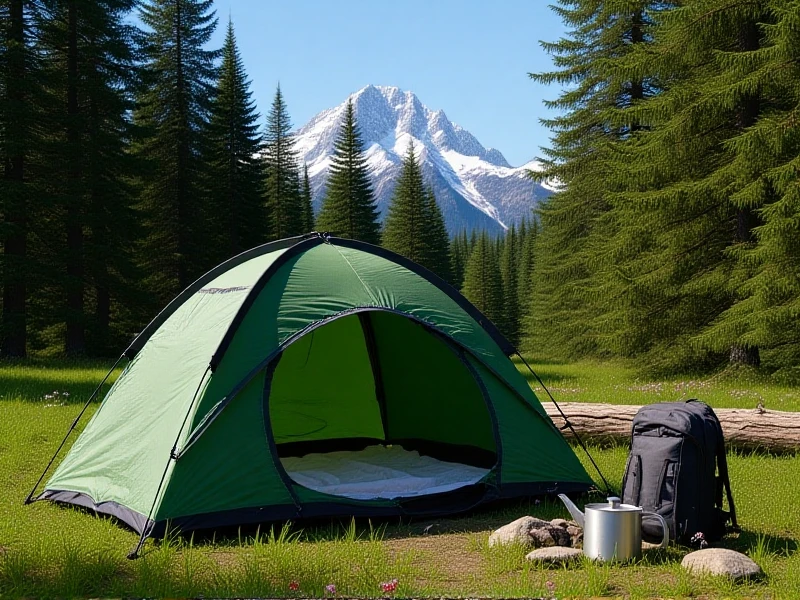
Your Ultimate Guide to Choosing the Perfect Tent
Here is an SEO-optimized article focusing on the keyword "tent":
Imagine waking up to birdsong, sunlight filtering through trees, and the fresh scent of the forest. All this comfort starts with one essential piece of gear: your tent. Finding the ideal shelter for your outdoor adventures can make or break your experience. Whether you're planning a solo weekend getaway or a family camping trip, understanding tent basics is crucial.
First, consider your primary use. Are you backpacking, where weight and compactness are paramount? Or are you car camping, allowing for larger, more spacious designs with extra features? Your intended use directly impacts the best tent style. Backpackers typically prioritize ultra-lightweight models, often minimalist 2-person or spacious 1-person tents. Car campers can opt for larger family-sized tents, cabin tents, or even inflatable tents offering significant space and comfort.
Seasonality is a vital factor. Tents are generally categorized by seasonality:
- 3-Season Tents: The most versatile choice. They provide excellent ventilation for spring, summer, and fall, along with good rain protection and sufficient stability for moderate winds. Perfect for most campers.
- 4-Season or Expedition Tents: Built for harsh conditions – heavy snow, high winds, and deep cold. They feature sturdier poles, durable fabrics, and less mesh for warmth. Essential for mountaineering or winter camping, but often overkill (and too warm) for summer use.
Size and capacity ratings matter. Tent capacities (like 2-person or 4-person) are often optimistic. A "2-person" tent typically just fits two sleeping pads snugly. For greater comfort, especially with gear or for longer trips, consider sizing up. If you're camping with a partner or family, adding one person to the rating often provides needed space (e.g., a 3-person tent for two adults).
Material and construction quality significantly impact durability, weight, weather protection, and price. Look for:
- Waterproof Ratings: Flysheets and floors feature a Hydrostatic Head rating (measured in mm). Aim for at least 1500mm for the fly and 3000mm for the floor. Taped or fully sealed seams are essential to prevent leaks.
- Poles: Aluminum poles (especially DAC or Easton brands) are strong, lightweight, and flexible. Fiberglass is cheaper but can break more easily, especially in cold conditions.
- Fabrics: Ripstop nylon or polyester are common. Breathable mesh panels are crucial for ventilation to reduce condensation inside.
Other key features enhance livability:
- Vestibule(s): Covered areas outside the main doors provide invaluable dry storage for boots and gear.
- Number of Doors: Two doors allow easy entry/exit and better airflow in multi-person tents.
- Peak Height: Taller designs offer more headroom for moving around, especially appealing for family tents.
Think about ventilation too. Mesh panels, windows that can be opened from the inside, and rainfly designs with adjustable vents are essential for preventing condensation build-up inside the tent.
Finally, always set your tent up at home first! Familiarizing yourself with the process prevents frustration at the campsite in the dark. Check all parts, and ensure you have the correct footprint if using one.
By carefully evaluating these factors – size, seasonality, weight, materials, and features – you can find the shelter that perfectly suits your outdoor pursuits and ensures a comfortable, memorable nights sleep beneath the stars. Happy trails, and never underestimate the magic of a perfect tent spot! Don't forget to check your gear before your next outdoor adventure.